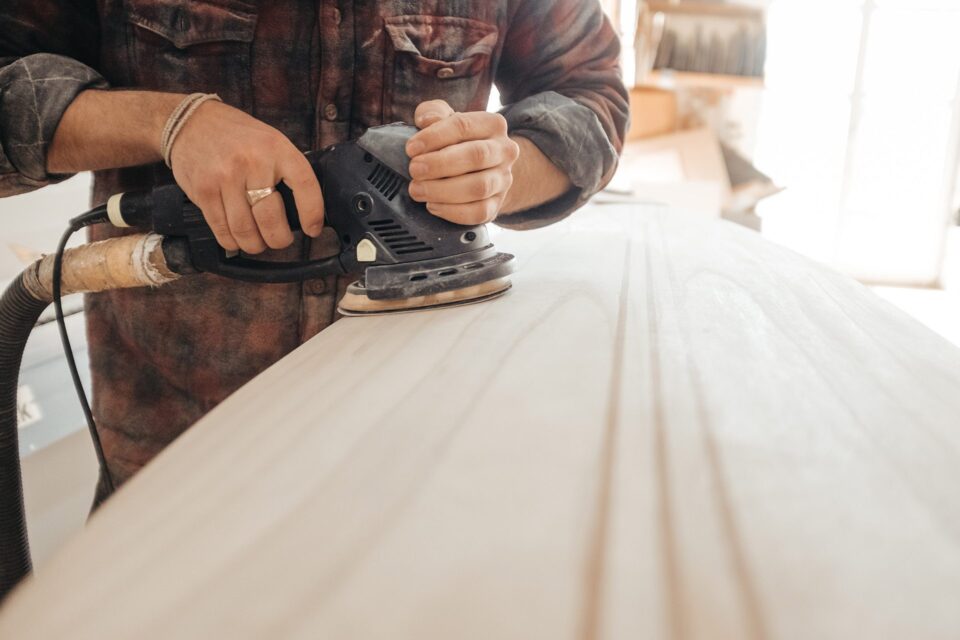Carpenters
At a glance
- Median Salary$46,456
- Local Jobs1,839

Occupation Profile
By the Numbers
Median annual earnings$46,456
Median Annual Earnings are the midpoint earned by 50 percent of workers who are the lowest paid and 50 percent of workers who are the highest paid in a particular occupationLocal Jobs1,839
Median Annual Earnings are the midpoint earned by 50 percent of workers who are the lowest paid and 50 percent of workers who are the highest paid in a particular occupationEntry-level educationHigh School
Median Annual Earnings are the midpoint earned by 50 percent of workers who are the lowest paid and 50 percent of workers who are the highest paid in a particular occupation
Daily Tasks
- Follow established safety rules and regulations and maintain a safe and clean environment.
- Measure and mark cutting lines on materials, using a ruler, pencil, chalk, and marking gauge.
- Assemble and fasten materials to make frameworks or props, using hand tools and wood screws, nails, dowel pins, or glue.
- Study specifications in blueprints, sketches, or building plans to prepare project layout and determine dimensions and materials required.
- Shape or cut materials to specified measurements, using hand tools, machines, or power saws.
- Verify trueness of structure, using plumb bob and level.
- Inspect ceiling or floor tile, wall coverings, siding, glass, or woodwork to detect broken or damaged structures.
- Erect scaffolding or ladders for assembling structures above ground level.
- Install structures or fixtures, such as windows, frames, floorings, trim, or hardware, using carpenters’ hand or power tools.
- Maintain records, document actions, and present written progress reports.
- Remove damaged or defective parts or sections of structures and repair or replace, using hand tools.
- Maintain job records and schedule work crew.
- Anchor and brace forms and other structures in place, using nails, bolts, anchor rods, steel cables, planks, wedges, and timbers.
- Bore boltholes in timber, masonry or concrete walls, using power drill.
- Install rough door and window frames, subflooring, fixtures, or temporary supports in structures undergoing construction or repair.
- Dig or direct digging of post holes and set poles to support structures.
Occupational Skills
Hard Skills
- Balancing (Ledger/Billing)
- Carpentry
- Construction
- Fall Protection
- Framer
- Hand Saw
- Hand Tools
- Painting
- Power Tool Operation
- Sawing
Soft Skills
- Arithmetic
- Communications
- Customer Service
- Detail Oriented
- Lifting Ability
- Loading And Unloading
- Management
- Planning
- Scheduling
- Valid Driver's License
Hard skills are specific, learnable, measurable, often industry- or occupation-specific abilities related to a position.
Soft skills can be self-taught and usually do not necessitate a certain completed level of education. They are essential in many industries and occupations.
Educational Programs
Carpenters
| Type | Credential | Hrs | Online | Financial Aid |
| CE | Certificate | 6 weeks | No | Yes |
Learn more aboutCarpenters
Visit Career Coach for additional in-depth information and available training programs for this job.













